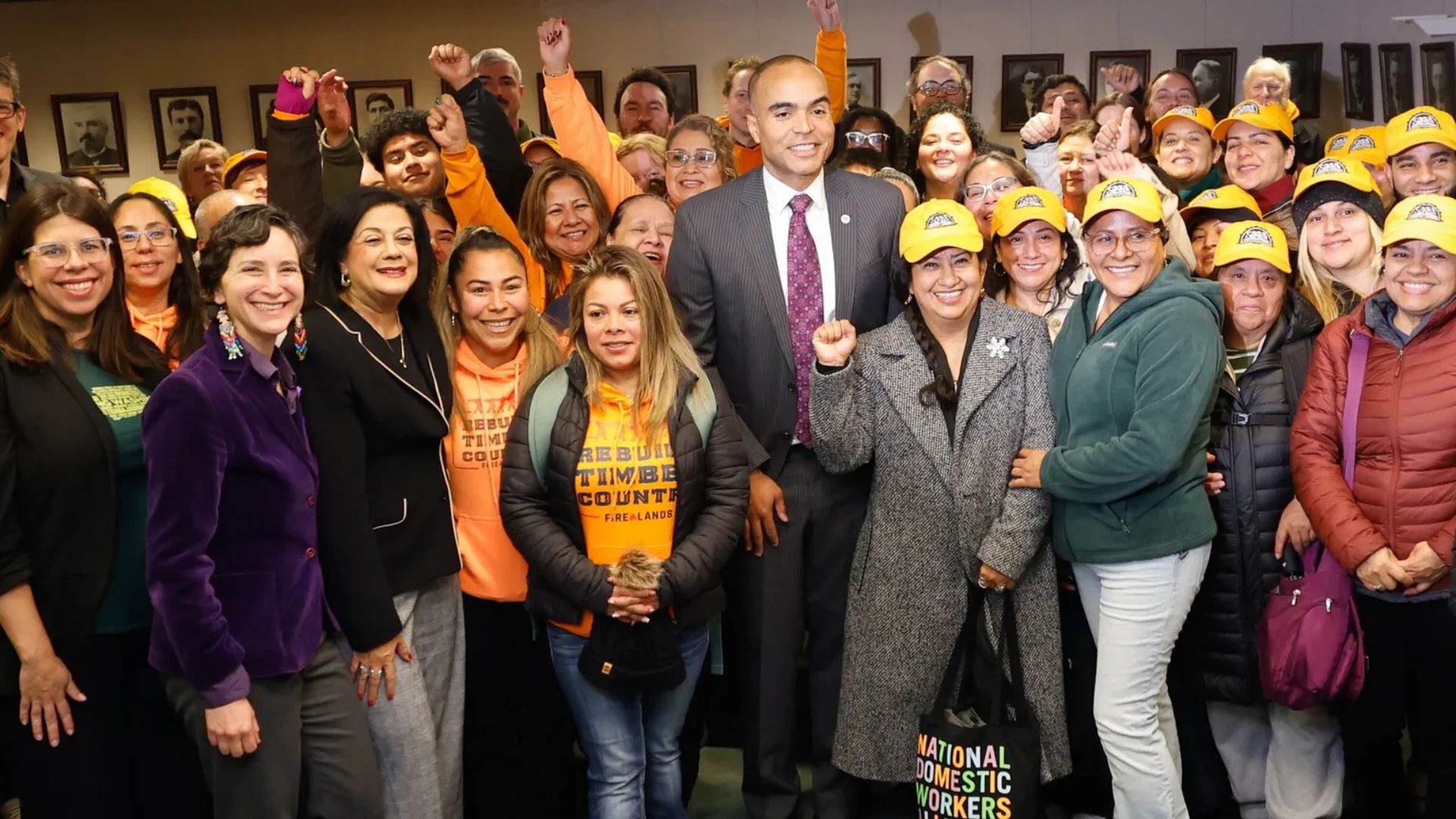
Retail crime has become a pervasive issue, escalating to unprecedented levels and culminating in an astounding $112.1 billion in industry losses in 2022, a significant increase from the $93.9 billion recorded in 2021, according to the 2023 National Retail Security Survey. This surge in retail theft and associated financial losses is not merely an economic challenge but also a safety concern, as retailers, regardless of size or sector, contend with the violent nature and safety risks posed by these criminal activities.
The survey, which encompasses insights from 177 retail brands, accounting for $1.6 trillion of 2022’s annual retail sales and representing over 97,000 retail locations across the United States, reveals that the average shrink rate in FY 2022 escalated to 1.6%, up from 1.4% the previous year. Internal and external theft were the primary culprits, accounting for nearly two-thirds (65%) of retailers’ shrink.
Organized Retail Crime (ORC) again was reported as a significant concern, with more than two-thirds (67%) of survey respondents witnessing an escalation in violence and aggression from ORC perpetrators compared to the previous year. This impacted the financial bottom line for retailers and forced them to alter operational strategies. For instance, 28% of retailers have had to close specific store locations, 45% have reduced operating hours, and 30% have modified in-store product selections as a direct consequence of retail crime.
Additionally, the types of products targeted by shoplifters have diversified, ranging from high-price, high-fashion items to everyday products with quick resale capability, such as outerwear, batteries, energy drinks, designer footwear, and kitchen accessories. The top five cities/metropolitan areas most impacted by ORC in the past year were Los Angeles, San Francisco/Oakland, Houston, New York, and Seattle.
In response to retail crime’s evolving and sophisticated nature, retailers have been forced to adapt and enhance their prevention efforts. This includes a 34% increase in internal payroll to manage risks, a 46% rise in the use of third-party security personnel, and over half (53%) increasing their technology and software solution budgets in the past year. With violence emerging as a paramount concern, 54% have amplified or are in the process of enhancing employee workplace violence training.
Policy reform is also vital in the retail industry’s strategy to combat ORC. Initiatives like raising the felony theft threshold and modifying cash bail policies have been met with mixed results and unintended consequences for retail theft. For instance, 72% of respondents have observed an increase in the average value per incident in localities that raised their minimum felony thresholds. In comparison, another 67% have reported an uptick in repeat offenders in areas associated with initiatives to reduce or eliminate cash bail. A whopping 93% support federal ORC legislation.
The comprehensive study, conducted online among senior loss prevention and security executives in the retail industry, was executed in partnership with the Loss Prevention Research Council and sponsored by Appriss Retail. The full report can be accessed here.

